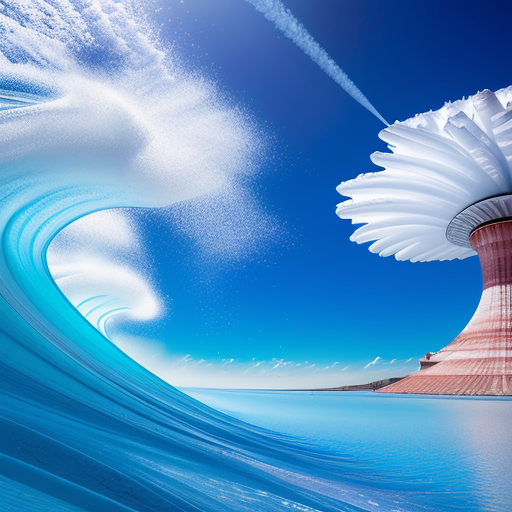Gregales, also known as the Grecale or Tramontana winds, are a type of strong, northeasterly wind that blows in the Mediterranean region. These winds are particularly common in the winter months and are caused by the interaction between high-pressure systems over Europe and low-pressure systems over North Africa. The name “gregales” comes from the Latin word “gregalis,” meaning “belonging to a flock,” as these winds tend to blow in groups or clusters.
Gregales are characterized by their strength and consistency, as they can reach speeds of 50 to 90 kilometers per hour. They are known for their chilly temperatures and can quickly drop the temperature in the affected areas. These winds can also be quite gusty and turbulent, causing choppy seas and rough sailing conditions for maritime activities.
While Gregales can bring harsh weather conditions, they also have some positive effects. They help to clear away stagnant air and reduce pollution levels, bringing cleaner and fresher air to coastal regions. Additionally, these winds can aid in dispersing clouds and improving visibility. In some cases, Gregales can even contribute to the formation of unique geological features, such as the erosion of coastal cliffs and the shaping of dunes.
Overall, Gregales play an important role in shaping the climate and environment of the Mediterranean region. While they can be challenging to navigate and may cause disruptions, they are also an integral part of the natural cycles in this area and contribute to its distinctive characteristics.
